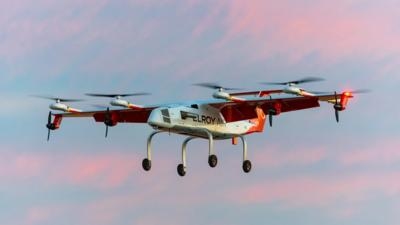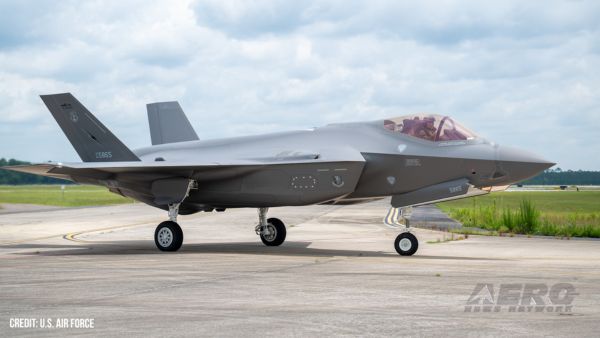Mon, Nov 20, 2023
Elroy Air Makes Successful Test Flight with Turbogenerator, Battery Powered Aircraft
A 57-second test flight of the Chaparral C1 took place on November 12th, proving the hybrid turbogenerator system of the company's upcoming eVTOL competitor.

The team isn't just eyeing the exciting new market for AAM operations and air taxis, but a coveted chance at competing for a place at the military contracting table. Elroy Air’s involvement in the AFWERX Agility Prime project has given the firm some extra intensity in pursuing a functioning aircraft platform, keeping and eye towards fast, reliable logistics capabilities.
“This is an exhilarating day for our team and the industry as a whole,” said Elroy Air co-founder and CEO Dave Merrill. “In 2017 we had an unconventional idea to develop an autonomous long-range VTOL aircraft that would fill a major capability gap for middle-mile express shipping, humanitarian logistics, and military resupply. On Sunday our Chaparral C1 became the first turbogenerator-hybrid electric hVTOL aircraft to take flight. This marks a major moment for the industry as hybrid-electric aircraft enable the dual benefits of runway-independent safe redundant propulsion, and long-range flight well in excess of battery power alone. Our accomplishment puts Elroy Air one step closer to delivering a transformative logistics capability to our customers and partners.”
“The use of hybrid electric powertrains is not trivial – balancing battery and turbogenerator power output to respond to load demand requires power management systems that are properly governed to facilitate effective and efficient flight. Such systems for true VTOL and vertical flight capable aircraft are more complex and demanding than for fixed wing systems because of the discrepancies in power requirements in different flight regimes,” explained Ashish Bagai, advanced rotorcraft expert. “This is a major step in the development of hVTOL flight – one that underscores the potential utility value of DEP concepts. It’s very encouraging.”
More News
Aero Linx: The American Society of Aerospace Medicine Specialists (ASAMS) The Society is a non-profit organization created to serve as a voice for and represent the professional ne>[...]
Class C Service This service provides, in addition to basic radar service, approved separation between IFR and VFR aircraft, and sequencing of VFR aircraft, and sequencing of VFR a>[...]
Have A Story That NEEDS To Be Featured On Aero-News? Here’s How To Submit A Story To Our Team Some of the greatest new stories ANN has ever covered have been submitted by our>[...]
Also: ERAU Uses UAVs, P550 Group 2 UAS, Starship’s Florida Launches, NASA Missions Chopped The Air Force has put out a call to commission a one-to-one copy of the Iranian-des>[...]
Classic Klyde Morris From 11.07.16 (and Remembering Bob...) FMI: www.klydemorris.com>[...]
 ANN's Daily Aero-Linx (08.27.25)
ANN's Daily Aero-Linx (08.27.25) ANN's Daily Aero-Term (08.27.25): Class C Service
ANN's Daily Aero-Term (08.27.25): Class C Service ANN FAQ: Submit a News Story!
ANN FAQ: Submit a News Story! Airborne-NextGen 08.26.25: Iran UAV Knockoffs, X-37B Spaceplane, Army Training
Airborne-NextGen 08.26.25: Iran UAV Knockoffs, X-37B Spaceplane, Army Training Classic Klyde Morris (08.25.25)
Classic Klyde Morris (08.25.25)



